The Weekender: Italian disco, the joy of eavesdropping, and preserved kumquats
What we’re reading, watching, and listening to this week
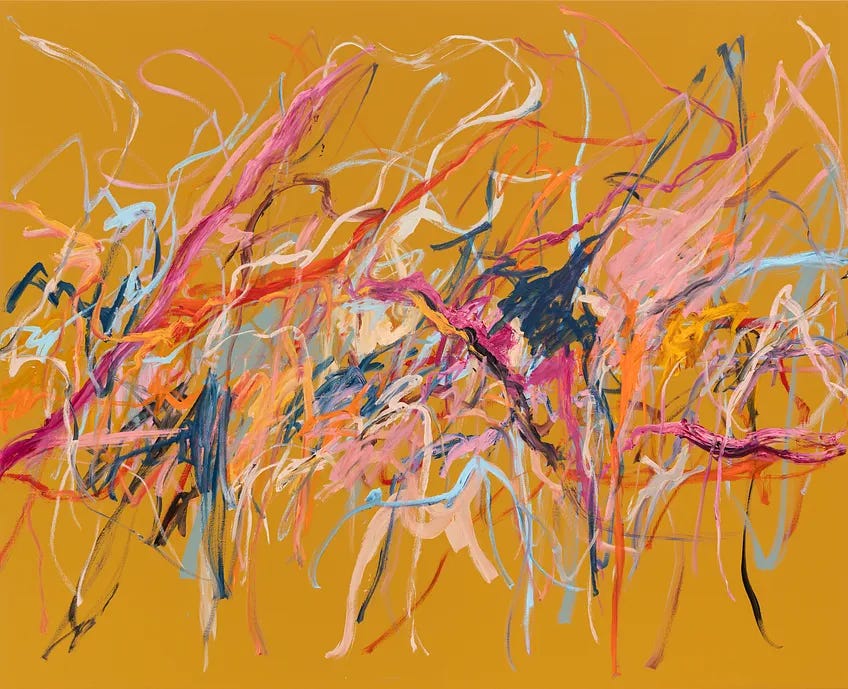
The past week has brought a deluge of news, and everyone could probably use a breather. We recommend resting your attention on redwoods, Renoir, Italian disco, and preserved kumquats—at least for an hour or two.
NATURE
High society
Redwood forests are impressive, but their height and strength come from a surprising interdependence: the trees rely on one another for support.
Why I’m Thinking About Trees This Morning
—
inHave you ever seen a redwood tree? They're majestic and towering—scraping the sky while standing shoulder to shoulder with fellow redwoods in what feels like impossibly close quarters.
They can become so tall that their circulatory system can’t pump water to the whole tree, so their upper needles have adapted to drink fog right out of the sky.
You’d think that anything that can grow that tall would have roots penetrating deep into the earth, wouldn’t you? Something so tall, so heavy, so vulnerable to the wind and the weather must counterbalance its height with roots as long as it is tall, right?
Nope.
The roots of these trees—which can grow higher than a 30-floor skyscraper—rarely grow more than 12 feet underground. Instead, they spread out laterally—extending over 100 feet from the tree.
And that’s where the secret of their stability lies.
They interlock.
Each tree’s roots interconnect with the roots of neighboring redwoods; those trees hold hands with their neighbors, and so on and so on, such that each tree is connected, one with the other throughout the forest.
In our Darwinist dogwood-eat-dogwood worldview, we look at a forest and assume the trees are trying to one-up each other; each is vying for light and air and water, after all—which are valuable resources that diminish with each new member. It stands to reason that the trees would block each other, ensuring they get the most and the best of what nature has to offer.
But rather than competing, they’re connecting.
PAINTING
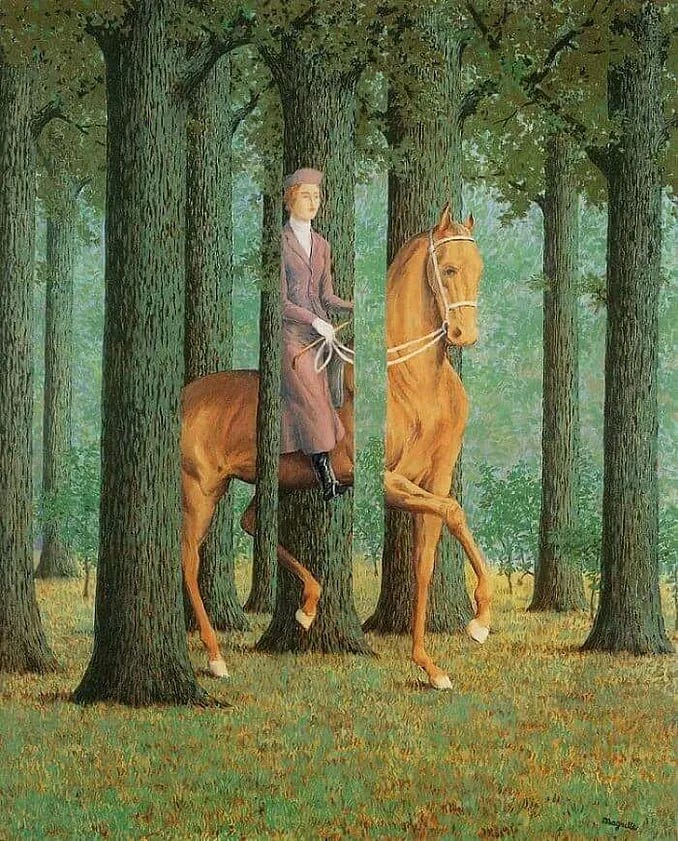
GOSSIP
An ode to eavesdropping
Most will happily cop to a love of people-watching, but eavesdropping remains a bit unseemly. Griffin Blue Emerson challenges the status quo in this post about the joy of overhearing and, in a sort of virtual game of telephone, becomes our ears: sharing what he listens in on at a café in Chicago.
overhearing idle conversation can cure even the most hopeless of feelings
—
inOn Friday I hustled out the door into the brisk early November air and down Lincoln to the Bourgeois Pig in the early hours of the morning—this was on the first day of November and I wrote a shitty poem to commemorate the moment and to commemorate my being out of coffee in my apartment, a poem which I will not be sharing here, thank you very much.
I posted up by the window with my XL cup of black coffee, a copy of Bachelard, a pen, all that. Gradual idle chatter drifted in. Two very indie-looking guys sat at the table next to me and began to catch up and I was too wired on caffeine to continue reading so I just looked at the pages.
There’s something about overhearing other people talk.
You know how it goes. You sit in a public space alone and you can hear the chatter all around you, beautiful human humdrum, but then the conversations separate out and your hearing locks onto one conversation. There’s something about it. Something about hearing platonic love, handfuls of understanding handed back and forth by people you don’t know.
Anyways, here’s the conversation I overheard:
The guy with a small mustache, wearing a trucker hat, said, “The woman in front of me, she had her seat all the way back, —which was like whatever. Like it was as far back as it could go or… But the space was so small on the airplane that the tray table also went back like into my chest and I kept putting my Coke Zero on it and kept grabbing it back in this never-ending loop.”
“No cup holders?” asked the other, in aviator glasses with a mullet.
“Well I found one…”
Across the room the barista announced a name I didn’t quite hear, from the espresso machine. The guy in the trucker hat popped up from his seat and returned with a cup of matcha.
“There’s lids over there. Are you a lid guy?” the other said.
“I don’t know… gonna venture out today,” the first said with a small smile.
SKETCH
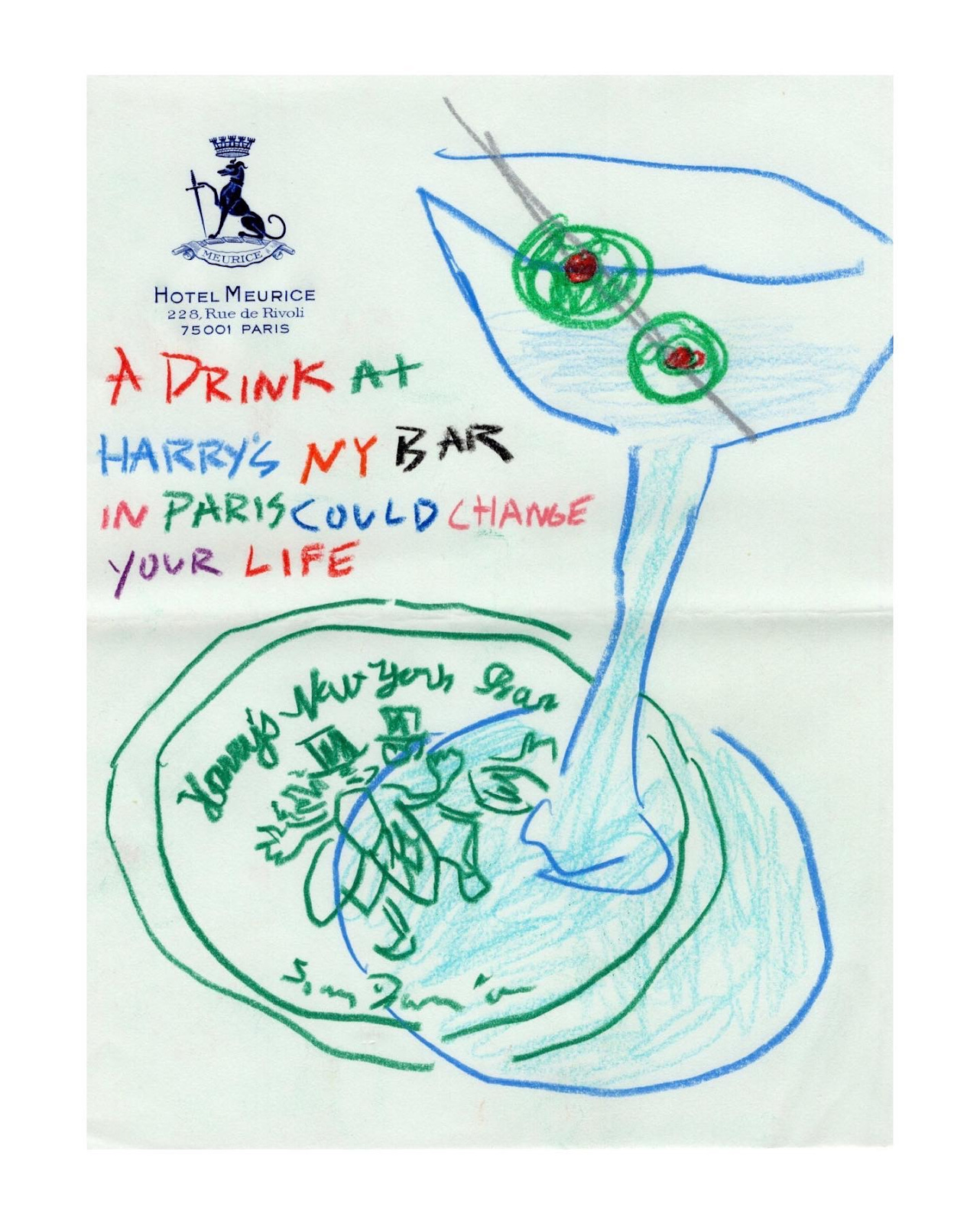
ART HISTORY
Art critics
It’s a cliché for an artist to become appreciated after their death. Luckily, Renoir doesn’t have that problem.
What’s Wrong with Renoir?
—
inIn 2015, a group of young protesters assembled outside the Museum of Fine Arts in Boston, Massachusetts. The target of their ire was the Impressionist painter Pierre-Auguste Renoir. The protest was motivated not by Renoir’s antisemitic beliefs (he was a fervent anti-Dreyfusard), nor contemporary pearl-clutching about his passion for the female nude. They simply felt that he was bad at painting.
“RENOIR SUCKS AT PAINTING,” read one sign. “We’re not iconoclasts. Renoir just SUCKS at painting!” cried another.
This tongue-in-cheek movement was spearheaded by Max Geller, creator of the (satirical?) Instagram account @renoir_sucks_at_painting. The account’s last post was in 2016—Geller’s movement has largely faded, as most Internet trends do. But for about a year or two, his insistence that museumgoers should boycott the artist’s “treacle” and “mediocrity” caught fire.
Protests spread to other cultural institutions, including the Metropolitan Museum of Art in New York. In response to the online fervor, one of Renoir’s descendants, Genevieve Renoir, came to his defense: “When your great-great-grandfather paints anything worth $78.1 million… then you can criticize. In the meantime, it is safe to say that the free market has spoken and Renoir did NOT suck at painting.” Take that, kids!
The painting that sold for $78.1 million in 1990 (over $180 million today) was Bal du moulin de la Galette (1876). It has something in common with most of Renoir’s best-loved works, including the above Luncheon of the Boating Party: they were painted before the mid-1880s.
As we come towards the end of our Impressionism series (stay tuned for Mary Cassatt next month), we’ve seen the artists branch in different directions later in their lives. Some, like Claude Monet and Berthe Morisot, leaned deeper into the Impressionist style. Others, like Camille Pissarro and Paul Cézanne, moved beyond the movement and delved into new techniques.
But Renoir chose a different path. To many critics (and some of his contemporaries), he chose to go backwards.
PASTELS

MUSIC
Disco daydream
There is an entire Substack dedicated to Italian disco. It’s called Italian Disco Stories. We really shouldn’t have to say anything else. But if you are somehow, strangely, still unconvinced that you should subscribe, please watch the video below and know: this is just the tip of the sequin.
Between “Disco Insects” and Aerobics, 1980s Showgirl Heather Parisi Made Two Concept Albums
—
inIf the 1970s were the decade of Raffaella Carrà, who stood out among her peers for the way she could sing, dance, and host an entire TV show, by the time the 1970s rolled into the 1980s, Italian TV was eager to replicate Carrà’s unique formula—even though Carrà would still hold her fort. One of the main contenders was the Los Angeles-born Heather Parisi.
The American-born Heather Parisi ended up becoming one of the most prominent faces of Italy’s variety-show panorama, which meant that, of course, she also released a number of disco-infused albums.
Her first is the 1979 single Disco Bambina, an ode to discothèques as a place of unbridled self-expression. The upbeat rhythm, coupled with Parisi’s high-pitched, crystalline voice perfectly showcased the way the more soul-inflected 1970s disco music was giving way to the synth-heavy and futuristic 1980s disco music.
Interestingly, the one-legged unitard Parisi wore for her live performance of Disco Bambina on TV was actually cobbled together by the show’s costume department, as they were on deadline. It went on to influence the entire live-performance costume-design history: Taylor Swift wore a similar getup during the Reputation section of her Eras tour, and Chloe Fineman did the same in the Disco-Bambino-inspired SNL sketch “La Maison du Bang.”
LUXURY
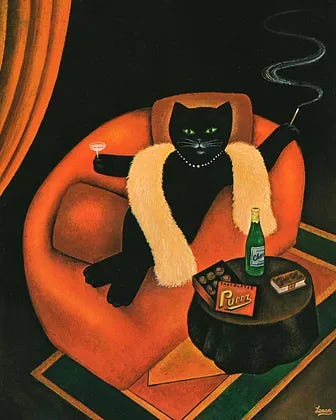
POETRY
“At Coney Island” by John Brehm
—
inPHOTOGRAPHY
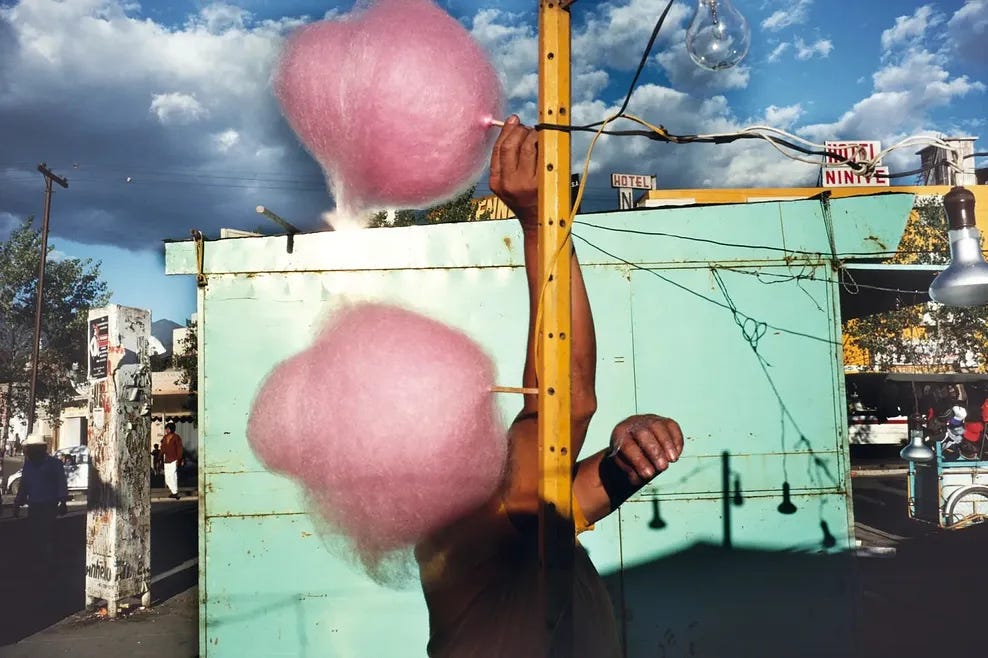
LITERATURE
Dots and dashes
A dispatch on how punctuation can be used in character design evolves into a detailed analysis of one sentence from Nabokov’s Pnin.
Facial Punctuation in Consequential Nation
—
in“He consumed a ham sandwich, ordered another, and consumed that too.”
Even if you don’t know anything about the character of Pnin, this one short sentence gives a pretty clear picture, and it does so through rhythm and syntax as much as through the actual content.
Nabokov could’ve written “he consumed two ham sandwiches in quick succession,” or “he consumed a ham sandwich, and then another,” or “he consumed a ham sandwich, ordered another, and consumed it too.” Once you start dissecting the words and their order, it becomes clear how deliberate the placement is, not just the obvious stuff like the repetition of “consume” (and the choice of that word in the first place), but also referring to the second sandwich as “that.”
Then the broader characterization—Pnin would’ve been a different fellow had he consumed a ham sandwich, then bought a different kind of sandwich. Or if he saw all the sandwiches on offer and bought two ham sandwiches at once, having perfectly estimated his hunger and preferences.
Nabokov’s version doesn’t paint a clear picture—Pnin is not plain dull, or unadventurous—there’s an ambiguity and a detachment that’s everywhere in the novel, if you zoom out. The sentence is a miniature of the paragraph/chapter/etc., the same way any given page in a graphic novel (in my case, at least) contains the entire book in its layout and style.
WATERCOLOR
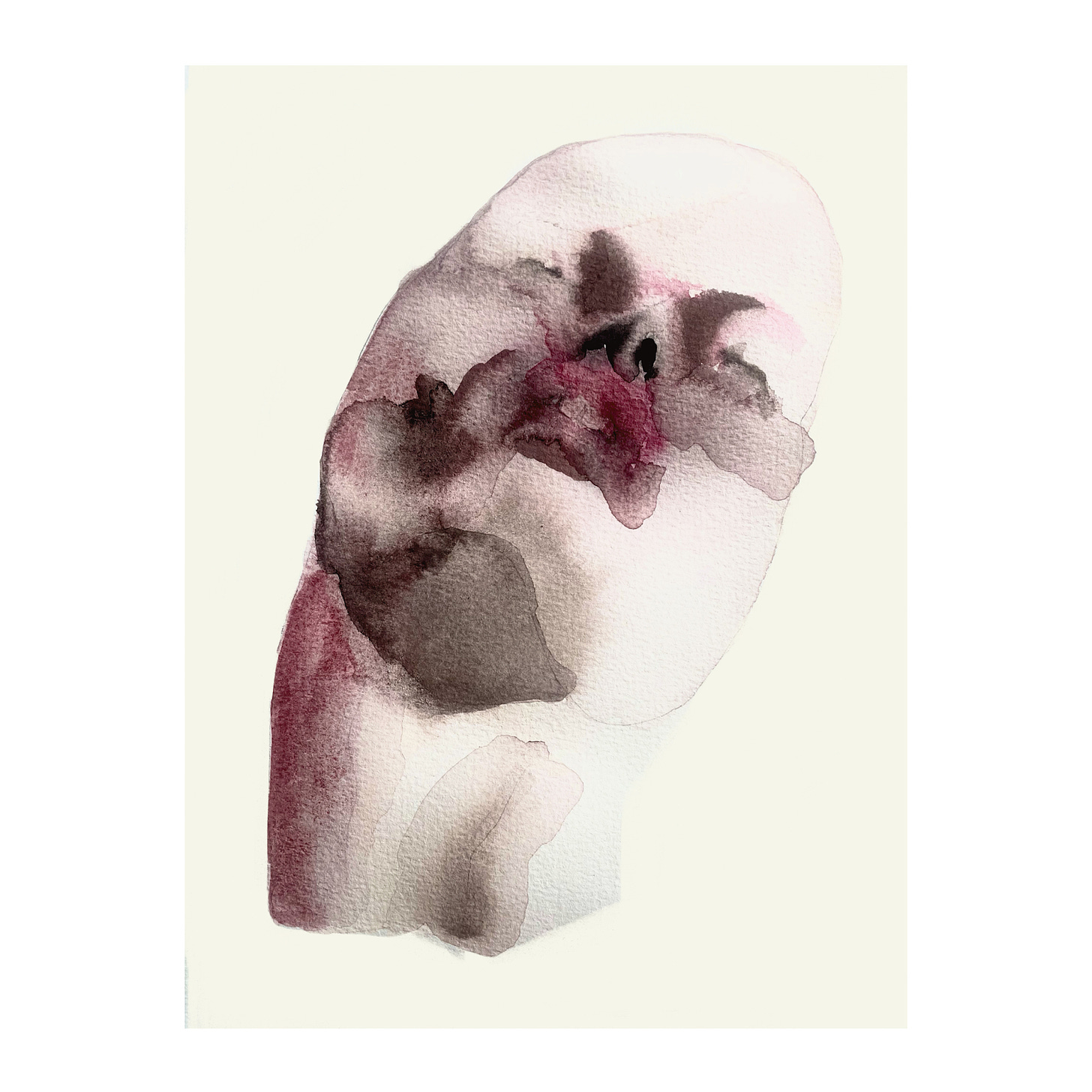
FOOD
Preserved kumquats
Preserving fruit is like creating a gift for your future self. In this case, a “tangy, intense, sour, and packed with flavor” gift.
Substackers featured in this edition
Art & Photography:
, , , , , ,Video & Audio:
Writing:
, , , , ,Recently launched
Inspired by the writers featured in Substack Reads? Creating your own Substack is just a few clicks away:
Substack Reads is a weekly roundup of writing, ideas, art, and audio from the world of Substack. Posts are recommended by staff and readers, and curated and edited by Substack’s editors.
Got a Substack post to recommend? Tell us about it in the comments.








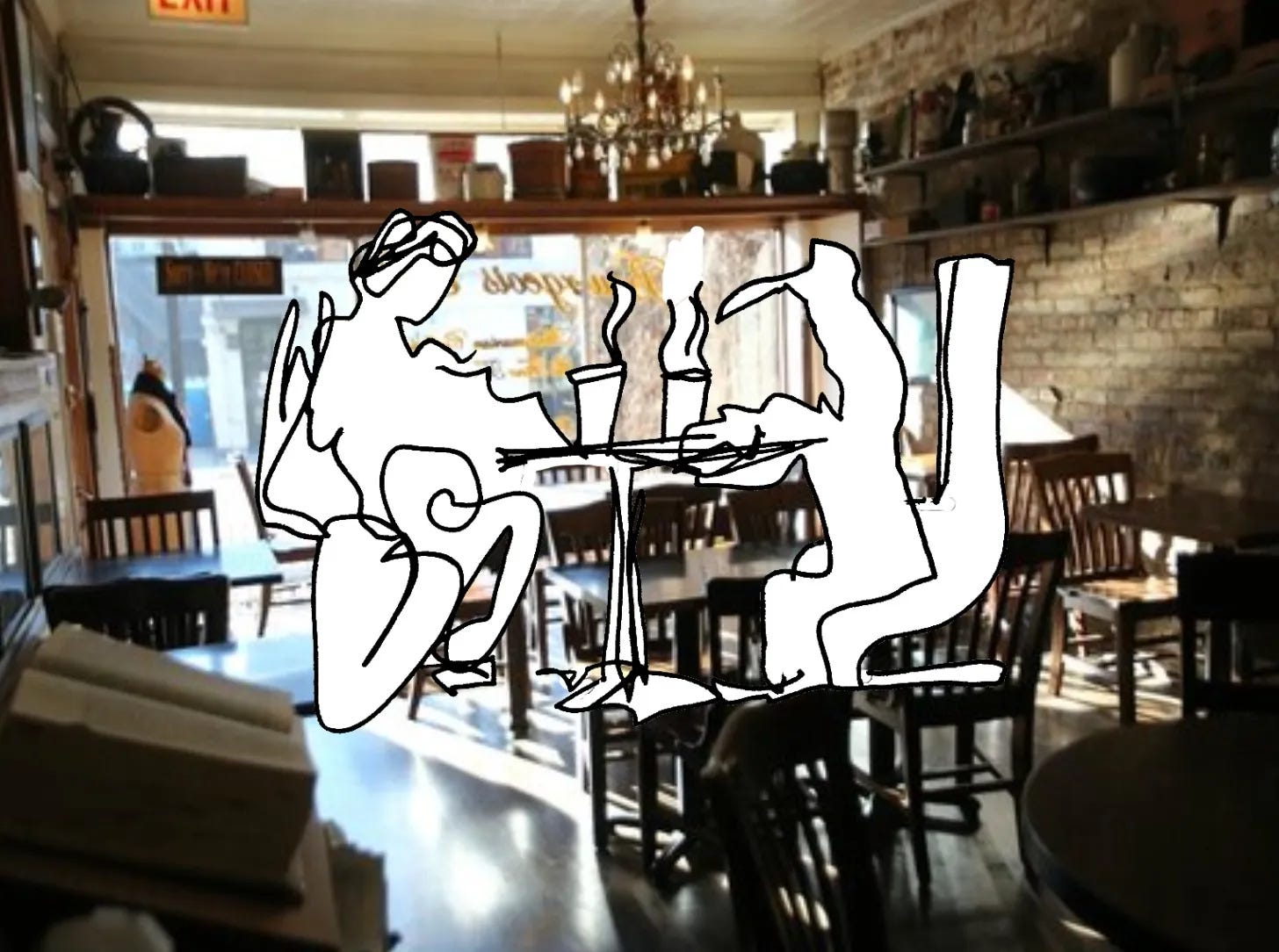


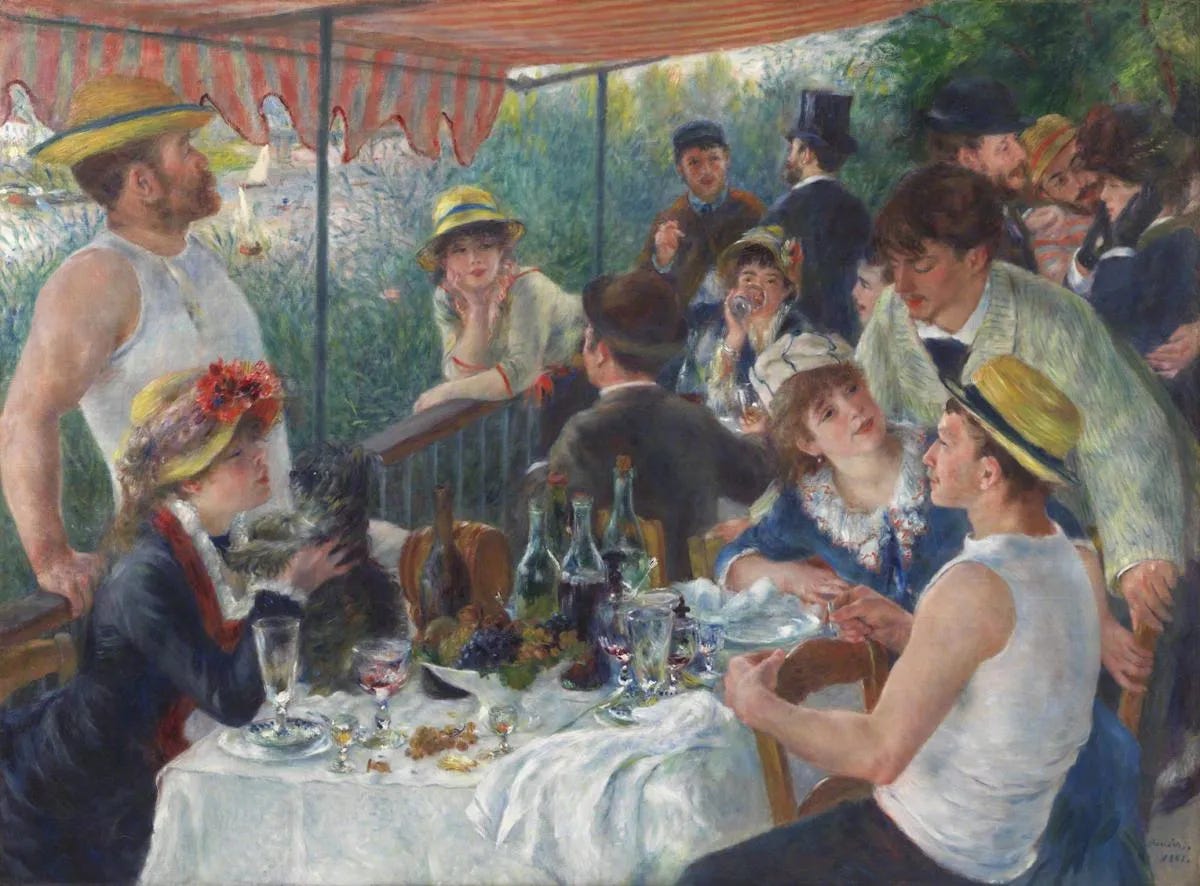




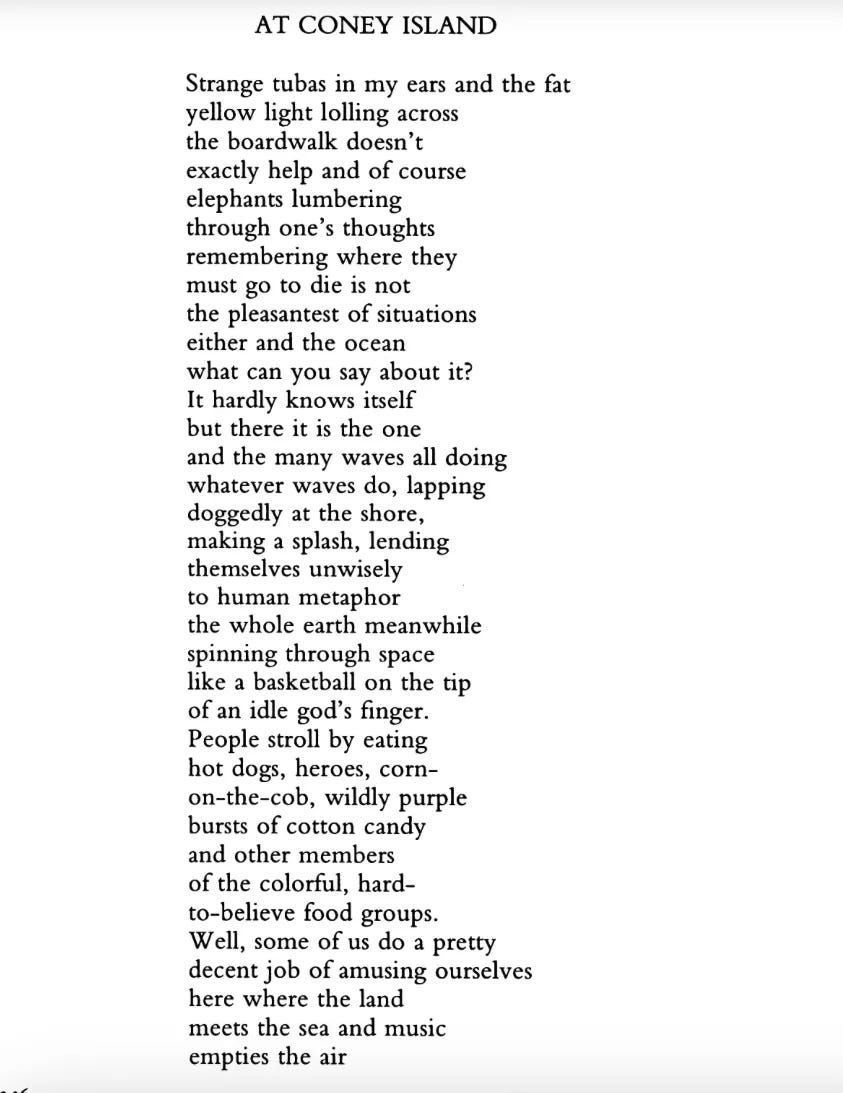









I spent my 60th birthday in the California Redwoods. My husband gave me this trip as a gift. He knew that I loved trees...all trees..One of the SPOTS we found completely enchanting is the LADY BIRD JOHNSON GROVE OF TREES. It was so beautiful in there that I chose it for my final ashes to be put there.
That visit is almost 30 years ago. I will be there when I am gone..but..not really..my spirit will live on in there..among the giant trees...shrouded in the .ist coming from the Pacific Ocean..among the popping color of the Rhododendros.
Where the mosses and ferns add to the palette...I am so happy that I found that place
Italian Disco Stories?! BRILLIANT - and thank you for bringing it to our attention!